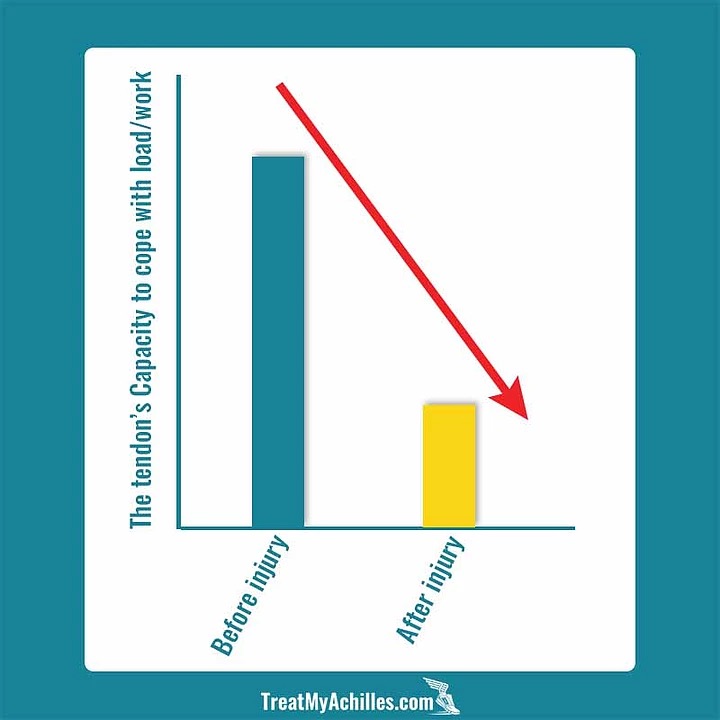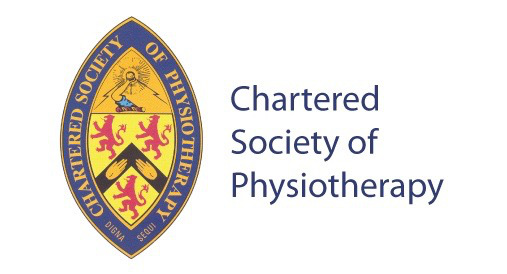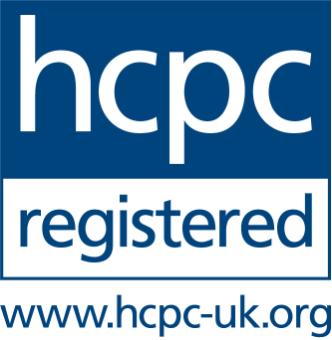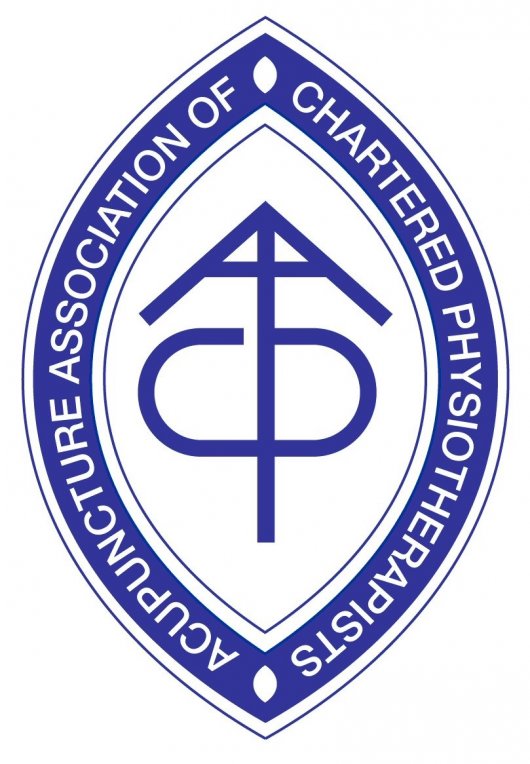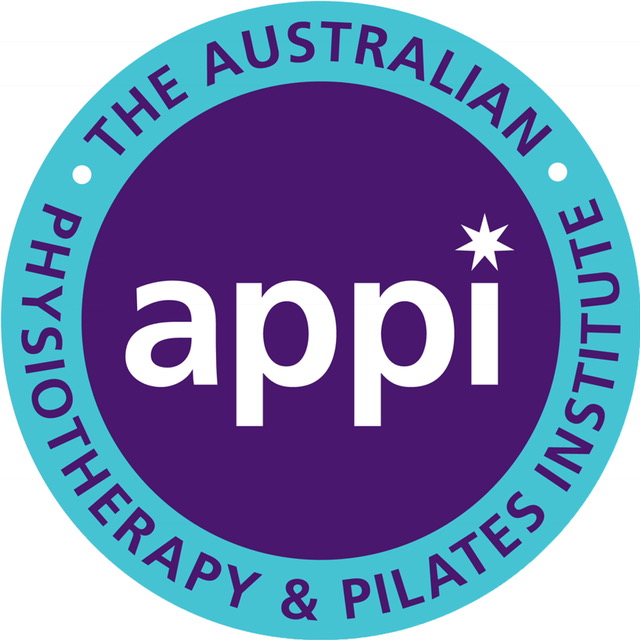Your Achilles Heel
Your Achilles Heel
Achilles pain is one of the most common issues we see in the clinic. It is very common in active people and also in people who prefer a more sedate lifestyle. In this blog we explore what actually causes your tendon to hurt and why you may struggle to fix the pain without support from a Physiotherapist.

Inactivity decreases your tendon’s capacity
If you have a long period of lazing around and not doing much exercise or you just have a break from running the capacity of your muscles, tendons, bones etc decreases. It’s literally a case of if you don’t use it, you slowly start to lose it. Having a rest from exercise is fine but when you return making sure that you do so gradually is key. The use of apps such as Strava to monitor your weekly mileage if you sport is running or cycling is really useful. It's also important to think about managing your intensity and including some easy training sessions.
Injury happens when you exceed your tendon’s capacity by too much
Achilles tendonitis or tendinopathy develops when you do exercise that exceeds the capacity of your Achilles tendon and do not give it enough time to repair itself. This causes the micro-trauma to accumulate, sending your tendon into disrepair. Ensuring you have rest days is an essential part of reducing the risk.
Once injured, your Achilles tendon’s capacity to cope with work and load dramatically decreases. Before the injury you may have been able to run up hills, but once injured you may struggle to walk up a flight of stairs without aggravating your tendon pain.
